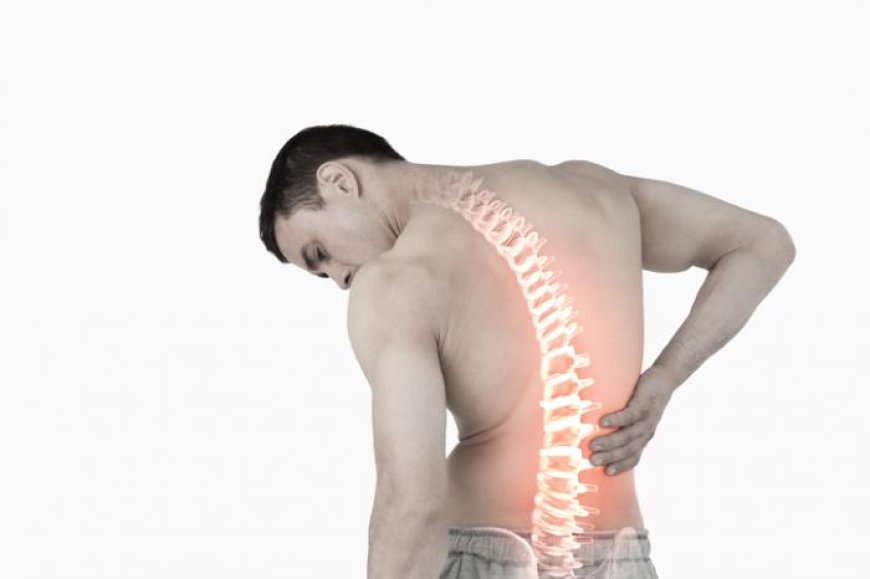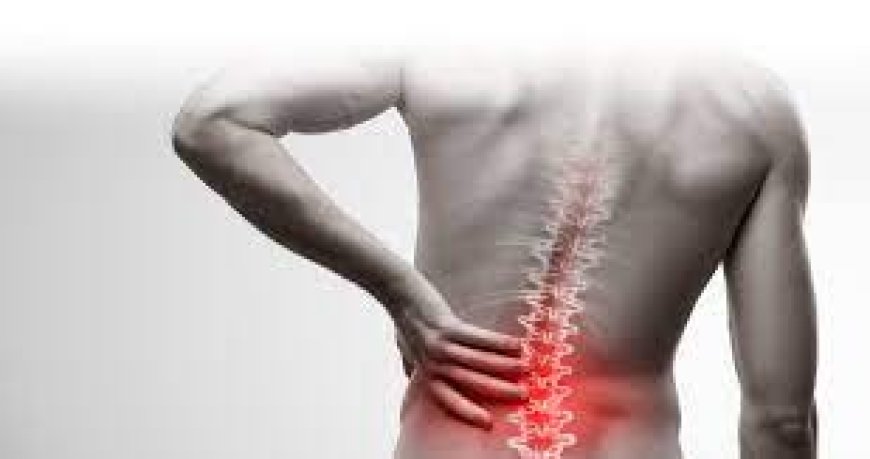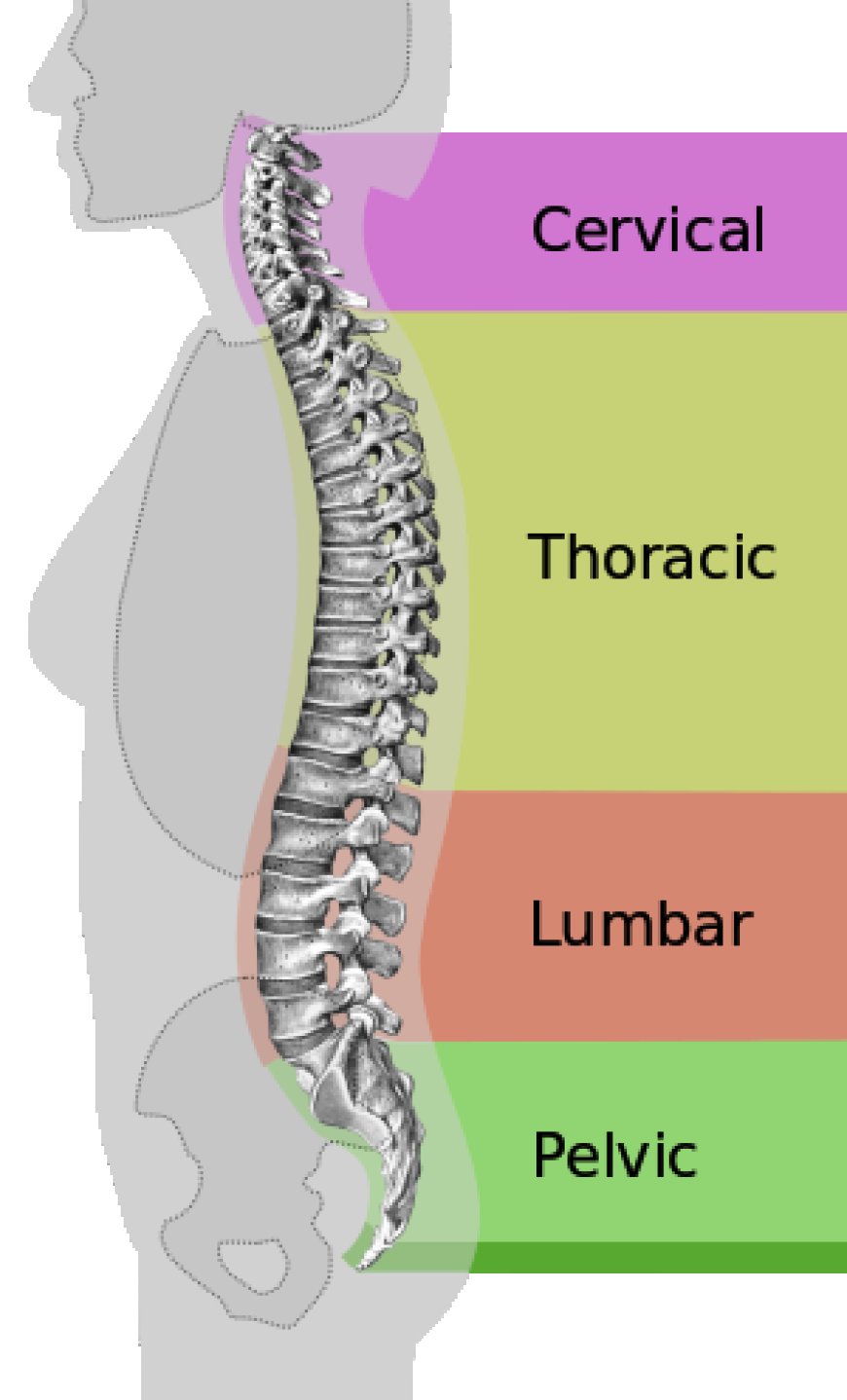How To Relieve Severe Lower Back Pain
Learn effective techniques for relieving severe lower back pain with our comprehensive guide. From stretching to strengthening exercises, we've got you covered.
Back pain is a common ailment that affects millions of people around the world. It can be caused by a variety of factors, including poor posture, overuse, and injury. In this article, we will explore the causes, symptoms, and treatment options for back pain.
What cause lower back pain?
Lower back pain in males can have a variety of causes, including:
Muscle or ligament strain: This is the most common cause of lower back pain, and it can occur due to sudden movements, lifting heavy objects improperly, or sitting or standing for long periods.
Herniated or slipped disc: This happens when the cushion-like discs between the vertebrae in your spine slip out of place or rupture, causing pressure on nerves and leading to pain.
Spinal stenosis: This condition involves a narrowing of the spaces within the spine, which can put pressure on nerves and cause pain.
Arthritis: Arthritis can cause inflammation and pain in the joints, including those in the lower back.
Kidney stones: Kidney stones can cause severe pain in the lower back and abdominal area.
Prostate problems: Issues with the prostate gland, such as an infection or inflammation, can cause pain in the lower back.
Spinal infections: In rare cases, infections of the spine can cause lower back pain.
Osteoporosis: Osteoporosis is a condition in which the bones become weak and brittle, and it can cause compression fractures in the spine, leading to lower back pain.
Scoliosis: Scoliosis is a curvature of the spine, which can cause lower back pain, particularly in severe cases.
Ankylosing spondylitis: This is a type of arthritis that primarily affects the spine, leading to inflammation and pain.
Pinched nerve: A pinched nerve in the lower back can cause pain, numbness, and tingling sensations.
Fibromyalgia: Fibromyalgia is a chronic condition that causes widespread pain and tenderness throughout the body, including the lower back.
Obesity: Being overweight or obese can put extra pressure on the lower back, leading to pain and discomfort.
Poor posture: Poor posture, such as slouching or hunching over, can strain the muscles in the lower back and lead to pain.
Stress: Emotional and mental stress can cause muscle tension and lead to lower back pain.
In addition to these causes, there are many other potential factors that can contribute to lower back pain in males, including age, genetics, and lifestyle habits. If you're experiencing lower back pain, it's important to speak with a healthcare professional to determine the underlying cause and receive proper treatment.
If you're experiencing lower back pain, it's important to speak with a healthcare professional to determine the underlying cause and receive proper treatment
Symptoms of Back Pain
Back pain can range from a mild ache to a sharp, stabbing sensation. It can also radiate down your legs, making it difficult to stand, sit, or walk. Other symptoms of back pain include:
- Muscle stiffness
- Limited mobility
- Numbness or tingling in the legs
- Weakness in the legs
- Pain that worsens with movement
When to see a doctor?
Your healthcare provider will likely perform a physical exam and ask you questions about your symptoms and medical history. Depending on the suspected cause of your pain, they may also order imaging tests such as X-rays, CT scans, or MRI scans.
Treatment
Treatment for lower back pain will vary depending on the underlying cause, but may include:
Pain medications: Over-the-counter pain relievers such as acetaminophen, ibuprofen, or naproxen may be recommended to help manage mild to moderate pain.
Physical therapy: This can include exercises to strengthen the muscles of the lower back, as well as stretching and massage techniques to relieve tension and improve flexibility.
Surgery: In some cases, surgery may be necessary to correct underlying problems such as herniated discs or spinal stenosis.
Lifestyle changes: Making adjustments to your lifestyle such as losing weight, improving posture, or reducing stress can help reduce the risk of lower back pain and improve overall spinal health.
Alternative therapies: Some people find relief from lower back pain through alternative therapies such as acupuncture, chiropractic care, or herbal remedies. It's important to discuss any alternative treatments with your healthcare provider before trying them.
In general, the best way to prevent lower back pain is to maintain a healthy weight, exercise regularly, use proper lifting techniques, and practice good posture. If you experience lower back pain that lasts for more than a few days, or if you have other symptoms such as fever or difficulty urinating, seek medical attention right away.
There are several things you can do at home to help alleviate lower back pain. These include: In addition to the treatment options mentioned above,
Rest: It's important to rest your back, but don't stay in bed for too long as this can lead to stiffness and make the pain worse. Try to stay active and move around, but avoid activities that exacerbate the pain.
Apply heat or cold: Applying heat or cold to the affected area can help relieve pain and reduce inflammation. Try using a heating pad or a cold compress for 20 minutes at a time.
Use proper ergonomics: Make sure your workspace is set up ergonomically, with your computer and chair at the right height and position to prevent strain on your back.
Practice good posture: When sitting or standing, make sure to sit up straight and avoid slouching or hunching over. Use a lumbar support pillow if needed.
Exercise regularly: Regular exercise can help keep the muscles in your back strong and flexible, reducing the risk of pain and injury.
Stretching: Incorporating stretching exercises into your routine can help improve flexibility and reduce muscle tension in the lower back.
Remember that it's important to speak with a healthcare professional if you're experiencing persistent or severe lower back pain. They can help diagnose the underlying cause and recommend appropriate treatment options. With proper care and management, most cases of lower back pain can be effectively treated and managed.
Preventing Back Pain
While back pain is a common ailment, there are several measures you can take to prevent it, including:
- Maintaining good posture
- Stretching regularly
- Avoiding prolonged sitting or standing
- Lifting heavy objects correctly
- Using ergonomic furniture
In Conclusion
Back pain can be a debilitating condition that can impact your daily life. Fortunately, there are several treatment options available that can help alleviate pain and promote healing. By taking preventative measures, such as maintaining good posture and exercising regularly, you can help prevent future back pain episodes. If you are experiencing back pain, be sure to consult with your healthcare provider to determine the best course of treatment for you.
What's Your Reaction?












































